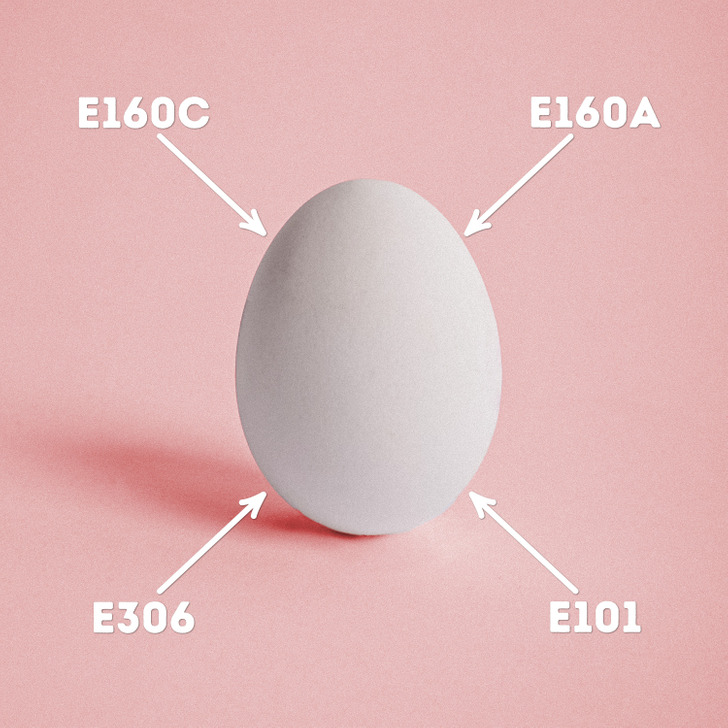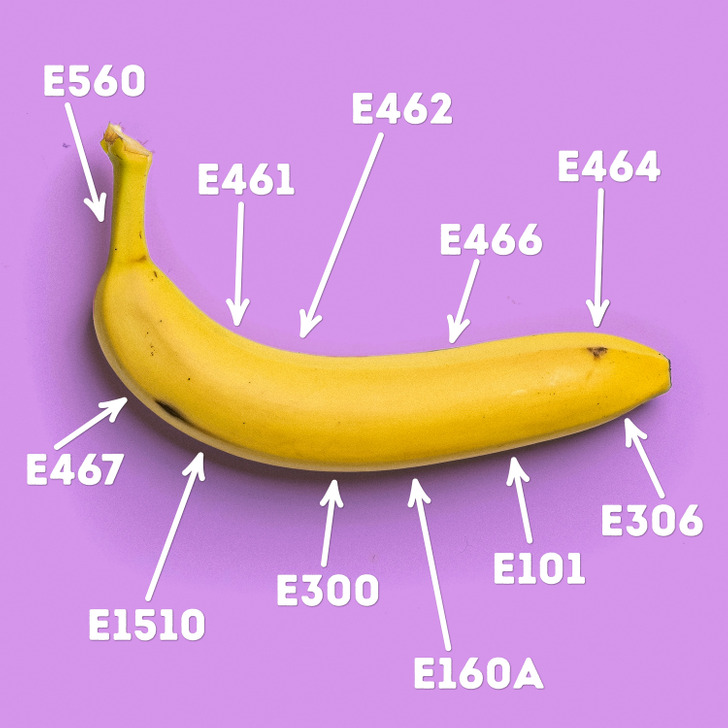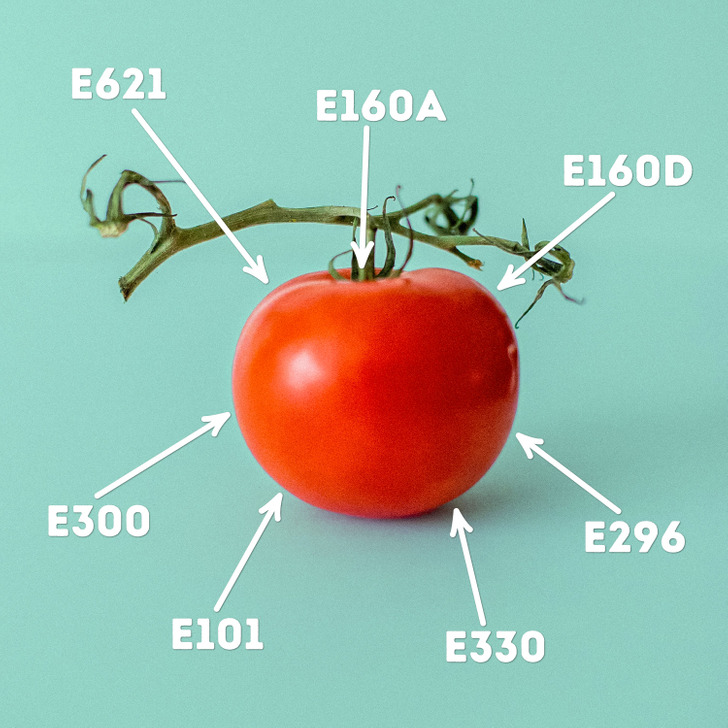A Guide to Food Additives, Where They Come From, and If They’re Bad for Us
Do you read the list of ingredients on foods? Many people carefully read every package in the grocery store, see a lot of E-ingredients, get scared, and put the package aside.
We at 5-Minute Crafts decided to find out more about these “Es” and if they’re really bad for us.
Types of food additives
Food additives can be divided into several groups, even though their effects might overlap. For example, salt is both a preservative as well as a flavor.
- Antioxidants, like vitamin C, are preservatives that work by inhibiting the degradation of food by oxygen.
- Anticaking agents help powders remain powders instead of becoming sticky.
- Color retention agents. Unlike colorants, they don’t change the color but help foods retain their own color.
- Flavorings are additives that give foods a certain taste and smell that can be made naturally or artificially.
- Glazing agents provide a shiny appearance to foods.
- Thickeners are substances that increase the viscosity of a mixture.
- Tracer gas allows for package integrity, to prevent the food from being exposed to the atmosphere, guaranteeing shelf life.
- Preservatives prevent spoilage due to fungi, bacteria, and other microorganisms.
- Coloring is added to replace the colors lost during production or to make the food more attractive.
- Bulking agents, like starch, increase the bulk without altering the taste.
- Antifoaming agents decrease or prevent the formation of foam. Foaming agents do the opposite.
- Acidulants make foods sour. Common acidulants include vinegar, citric acid, tartaric acid, malic acid, fumaric acid, and lactic acid.
- Sweeteners other than sugar are added to keep the calories low.
- Acidity regulators are used to control pH levels.
- Stabilizers, thickeners, and gelling agents, like agar or pectin, give foods a firmer texture.
- Humectants prevent foods from drying out.
- Fortifying agents are minerals, vitamins, and additives that are used to increase nutritional value.
- Flavor treatment agents improve the taste and quality of flour.
- Flavor enhancers make the taste richer. A popular example is monosodium glutamate. Some flavor enhancers have their own flavors that are independent of the food.
- Emulsifiers allow water and oils to remain mixed together in an emulsion, as in mayonnaise, ice cream, and homogenized milk.
Why there’s the letter E in the names of food additives
Product labels list additives alongside other ingredients. All the additives have a certain name. Very often, the name of the additive starts with the letter E. This means that this ingredient is on the European list of approved additives. And the number indicates which additive it is. Countries outside Europe declare additives only by their name or number.
Natural or synthetic
Additives can be natural and synthetic. Natural additives are chemical substances extracted from plants, animals, and minerals.
Synthetic additives are the result of chemical or enzymatic reactions. They are either completely identical to a natural equivalent or pure creations that do not exist in a natural state. E-numbers don’t indicate anything about the origin of the additive.
Which E-additives can be found in natural foods
Many people are afraid of E-additives. But in reality, some of them are found in natural foods.
For example, an organically grown banana contains E560, E461, E462, E464, E466, E467, E101, E300, E306, E160a, and E1510. In a tomato, you will find Е621, Е160A, Е160D, E101, Е300, Е330, Е296. In a chicken egg — Е160C, Е160A, Е306, Е101.
And these are just a few of the substances found in these foods.
Some minerals and other chemicals also have their own E-numbers. For example, vitamin C is E300. Many vegetables and fruits contain vitamin C, and people add it to a lot of foods. For example, to beef jerky, baby food, and chocolate cookies, among other things. Vitamin C improves the taste and nutritional value, and it also works as a preservative.
Another vitamin people need is B2 and its E-name is E101. Even oxygen has the name E948.
So, don’t be afraid when you see a lot of E-ingredients on a package. It’s better to find out what they all mean and plan your diet accordingly.


